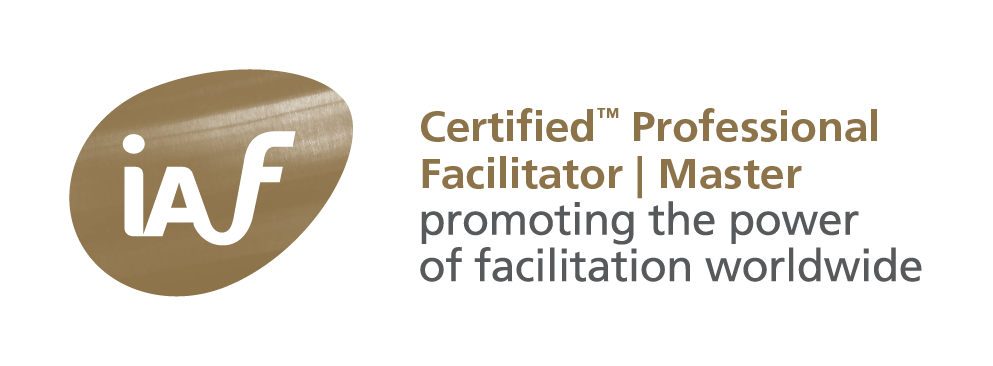 In een discussie op internet, op Facilitation Professionals, vraagt Rick Kujawa: Facilitation beats training almost every time – do you agree or disagree?,. Daarop zegt heel veel later Vishvanath Godbole: “Rafal has put it beautifully, however if situation demands, one needs to change from Facilitator to trainer as Lisa has put up.
In een discussie op internet, op Facilitation Professionals, vraagt Rick Kujawa: Facilitation beats training almost every time – do you agree or disagree?,. Daarop zegt heel veel later Vishvanath Godbole: “Rafal has put it beautifully, however if situation demands, one needs to change from Facilitator to trainer as Lisa has put up.
But what beats what would probably depend on the participants profile – objective being delivery / take away at the end of the day as a bottom line!!
Daarop geef ik het volgende antwoord.
Both are interventions, intentional actions to achieve a desired result. As are coaching, advising, counseling, mediating, creating, managing, … The result can be of two types: something has to go away (a.k.a. a problem) or something has to come into being (a.k.a. solution, or creative solution). In all cases we have three different profiles that matter:
- yours (as you own the intervention, you have your own preferred style)
- the problem owner (who desires a result, but cannot order the participants)
- the participants (which is basically a collection of styles, which you can see as both supporting and blocking a certain result)
A Path of Change uses these different styles to find the best fitting path to resolving the situation.
In my book, based on Will McWhinney’s Creating Paths of Change, I introduce a map, the Map of Reality Perceptions. I show that this map underlies every model (Kolb, MBTI, Herrmann, Belbin, De Bono, Bloom, Insights, Management Drives, …) every situation, method, leadership style, game of change… . And it guides you also in your decisions to train and (or inclusive or) facilitate and how to combine these in a sensible way.




